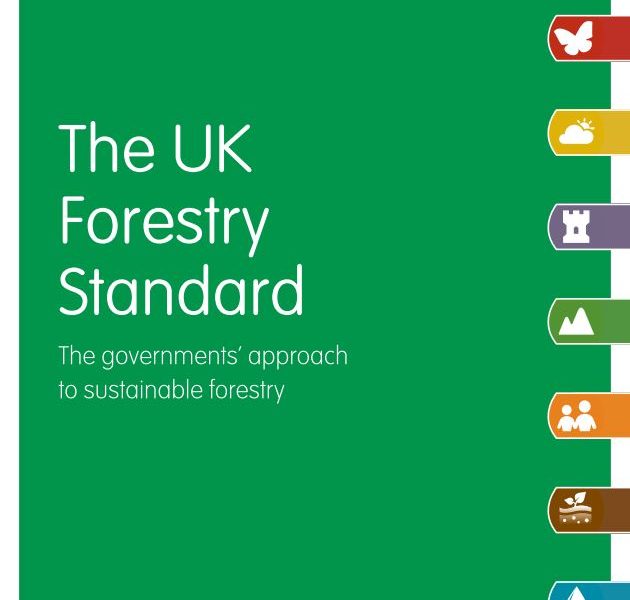We use some essential cookies to make this website work.
We’d like to set additional cookies to understand how you use forestresearch.gov.uk, remember your settings and improve our services.
We also use cookies set by other sites to help us deliver content from their services.

The UKFS is the technical standard for forestry across the UK, which provides the foundation for sustainable forest management. It has been developed specifically for forestry in the UK and is based on applying internationally agreed criteria which support the delivery of sustainable forest management and recognise the need to...
Ash is a widespread species which makes a substantial contribution to many landscapes. Ash trees are affected by ash dieback, a disease caused by a fungus. It is clear from the European experience of the disease that a significant number of ash trees could be lost from woodlands in the...
This study identified 288 medium or high drought risk forest sites in eastern Scotland, 125 of which include Sitka spruce as a major component. Sitka spruce is intolerant of drought and is known to have previously experienced drought damage such as tree mortality and stem cracking in eastern Scotland. Cases...
Predicting future risks of damage by insect pests is an important aspect of forest management. Climate change has the potential to affect forest pests and their impact on trees through higher temperatures, altered precipitation patterns, and more frequent extreme weather events. Warmer temperatures are likely to have complex effects on...
Key action Progress Publish Research Report ‘Rapid Review of Evidence on Biodiversity in Great Britain’s Commercial Forests’ Complete Publish NCF funded research to evaluate and support land manager engagement for woodland creation Complete Operationalise remote sensing to support the identification of woodland creation throughout Scotland andEngland Complete Secure ISO17025 accreditation...
Multi partner research project on risk-based strategies to prepare for and manage the invasive emerald ash borer and bronze birch borer.
This programme will help those involved in the countryside to understand better how to deal with diseases such as Lyme Disease, how to communicate the degree of risk effectively, and how to encourage preventative action
The three main fungal root pathogens already present in the UK, causing significant damage in forestry, are described along with the likely impact of climate change on their spread and severity.
The six main foliar pathogens already causing significant damage to conifers and broadleaved tree species in the UK are described along with the likely impact of climate change on their spread and severity.
Using tree ring measurements (dendrochronology) and stable isotope analysis, the research aims to examine the stem growth and tree health histories of Acute Oak Decline (AOD)-affected trees, to look for evidence of predisposition to AOD, the impact of AOD on recent growth, and correlation with A. biguttatus attack.
These essential cookies do things like remember your progress through a form. They always need to be on.
We use Google Analytics to measure how you use the website so we can improve it based on user needs. Google Analytics sets cookies that store anonymised information about: how you got to the site the pages you visit on forestresearch.gov.uk and how long you spend on each page what you click on while you're visiting the site
Some forestresearch.gov.uk pages may contain content from other sites, like YouTube or Flickr, which may set their own cookies. These sites are sometimes called ‘third party’ services. This tells us how many people are seeing the content and whether it’s useful.